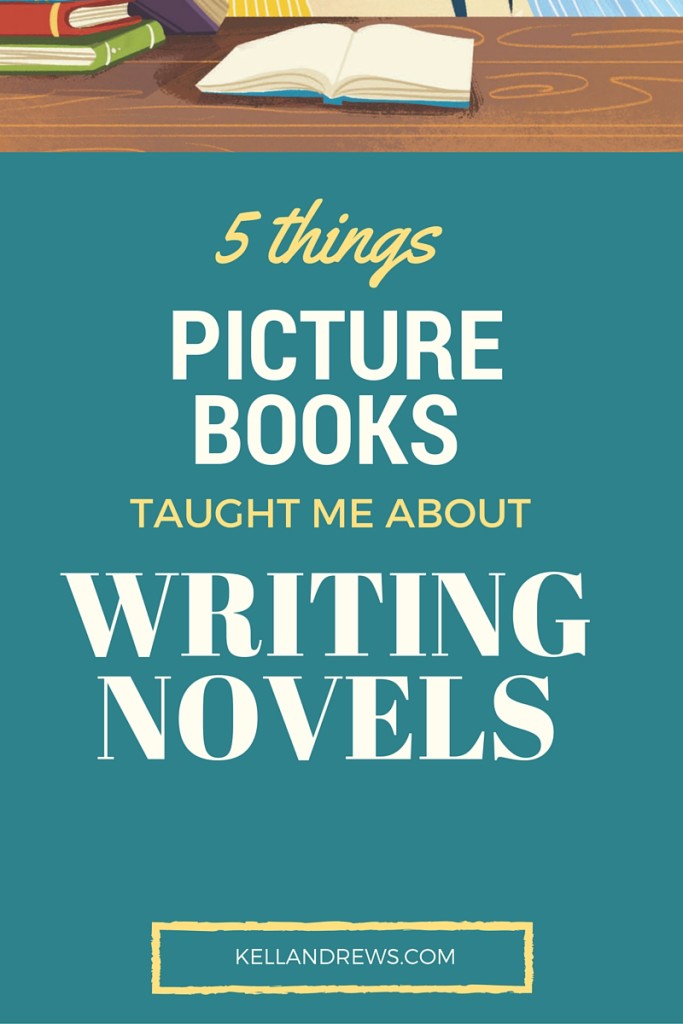I am a middle-grade writer first, but not only.
I read so many picture books when my children were young that I wanted to write one. Finally an idea hit me, and the story flowed out in a sitting. But that was the beginning — that story required many, many more sittings, drafts, and subsequent stories that improved on my first effort. As simple as a picture book manuscript looks, it’s hard to write one.
Switching gears between middle grade and picture books creates challenges, but it has its lessons. Here’s what I’ve taken into my middle-grade fiction from my efforts to write for younger readers.
1. Let story guide progress.
When I was beginning to take writing seriously, I believed that a writer ought to write a thousand words a day. But if you’re writing picture books — where the average published book is 500 words — if you write a thousand words, you’re probably doing it wrong.
That’s not to say that high word counts are wrong for all writers, but it’s not how I measure progress now. I try to use scenes as markers — I’m telling a story, not stringing together words by the thousand. Word count is a simple metric to use when it works, but it can lead your story astray if you race after numbers.
2. Every word matters.
When you revise a picture book, you look at every word. Every one is a decision — is it the most precise one? Will it be understood by the reader? Is it colorful enough, fun enough? Can the sentence be said in a more concise way? Can the whole sentence go?
When writing and revising a novel, most of us won’t take that kind of care on every word unless we don’t care if we never have time to write another. But every word still matters. If not, it shouldn’t be
there.
3. Let go of what doesn’t work.
I can’t speak for other picture book writers, but it takes me a lot of ideas to find one that I can execute well enough to put in front of my agent. And then it takes a good number of manuscripts before my agent finds one she feels is commercial enough to put in front of editors. I’m not sure how many stories it takes to find one editors will buy, but fingers crossed that my time will come.
That winnowing process has taught me to let go of ideas and stories that haven’t found a home, even if I love them. That’s harder to do for a novel, which is a bigger commitment of time and craft. But sometimes you do have to let go and move on — which can mean leaving a favorite scene on the cutting room floor, shelving a problematic manuscript unfinished, or trunking a book that didn’t find a publisher. Hard, but not every story will find a readership, even with the possibility of self-publishing.
4. Leave room in the text.
For a middle-grade writer writing picture books, one of the biggest adjustments is leaving room for the illustrator. That means not describing what can shown in a picture and not trying to control the illustrator with too many notes.
For a novel, it means not overdescribing what the imagination can fill in. Don’t underestimate your reader. Young children understand more than they are often credited with. So do older readers — write up to them, not down.
5. Let go of control.
Picture book writers do not usually get to choose the illustrator, nor do they have veto power over the illustrations. Sometimes that can yield unexpected results in the wrong way, but in the best collaborations, the illustrator will bring more to the book than the writer ever imagine.
The same is true for novels. Once the story has been published, the writer does not own the story any more. It belongs to the reader. Sometimes readers misunderstand authorial intent. Sometimes they hate the story with burning intensity. Sometimes they love it. But love it or hate it, once they’ve read it, it’s part of their understanding of the world. That’s the gift the writer gives, and the gift the reader gives back.
Read the original post on Project Mayhem >>

